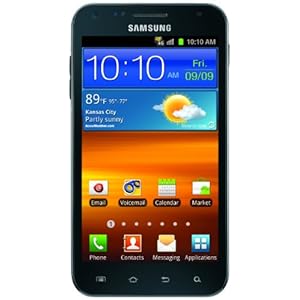HOW TO DO PANNING - STEREO DISPOSITION OF THE MIX (a guide for dummies)
Hello and welcome to this week's article! Today we're going to talk about Stereo Disposition on a mix.
The moment when we usually decide the position of the single instruments in our mix's spectrum usually happens right after the Project Preparation phase, at the beginning of mixing, in the "Balancing Phase", the phase where, without using any plugin, we just try to move the volume faders up and down in order to find a good balance between the tracks, and take note of the tracks that feels "unstable": those tracks that we cannot just let sit in the mix on a single fader position, and that will require further processing in order to find their place.
It's a good idea to listen the mix in mono before starting panning (and check again at the end of the mixing phase too) in order to see if there is any Phase Cancellation, that may go unnoticed once the project is panned, but that can create problems (Click Here to read an article about Phase Analizers).
"To pan" an instrument means to set it on a position in the mix that can range anywhere from 100% left, to 100% right: if we put a track on a position that is (for example) 75% left, means that 75% of the sound will come out from the left speaker, and 25% will come from the right one, thus this sound will result closer to the listener than a 100% left sound.
We can play with the disposition in order to help every instrument to sit better in the mix, and give to the listener the feeling to be "surrounded" by the atmosphere of the song, or make him feel like he's in the middle of the rehearsal room, or even to have something that is moving from one side to another of the "soundstage". The creative uses of stereo dispositions are countless, and some of the first pioneers of stereoscopy have been Jimi Hendrix and Pink Floyd, while the first Beatles albums were originally recorded in mono.
Let's start by saying, as already stated on our Stereo Expander article (Click Here to check it out!) that Low frequencies are non-directional, while highs are very directional. As a result, pan low frequency sounds (kick drum, Bass) toward the center of a mix, and higher frequency instruments (shaker, tambourine, cymbals) further out to the left and right.
- Drumset: there are Two "schools": the "Performer Perspective" and the "Concert Perspective". I personally prefer the first one, as the second one is generally used just in certain live recordings: to set the "Performer Perspective", pan Snare and Kick to the centre, the Hi-Hat slightly to the left, the Ride to the right, and set the toms at the disposition you would find while playing the drumset. Finally, set the OverHead Microphones should be set pretty wide, often one full left and one full right. To give the "Concert Perspective", instead, just flip the left and right sides, as if someone else is playing and you're in front of the set, facing it :)
- Vocals: It's a good idea to set the lead vocals on the centre of the soundstage, and so the backing vocals, but if there is more than one backing voice you can set them one sligthly left (like 27%) and one slightly right; just remember that is a good idea to keep them balanced in the mix, unless you are not aiming to some particular effect. You can also try to pan two copies of the lead voice slightly left and right and "slip" one of them forward in the timeline of a few milliseconds: you will obtain a particular "chorus-like" effect that is sometimes heard on some commercial song.
- Guitars: the most common technique is to pan a rhythm guitar to the left (usually 60% to 90%) and one to the right (someone even pan them 100% per side), and if you feel that there's still a void around the centre, you can record a third guitar track and leave it to the centre, or copy the two guitar tracks and paste them to the centre of the spectrum (or a bit off centre, e.g. you can put the left guitar copy at 25% right, and the right guitar copy at 25% left) lowering them of 5-6 db, just to "beef up" the mix. The lead guitars are usually panned to the centre, as long as there is no voice on that part of the song, otherwise we can set them slightly aside, in order to avoid them to interfere with the vocals.
- Keyboards / Orchestrations: It's common use to pan the background pads or violins to the extremes, while treating the leads (whether they are orchestral leads/hits or synth leads) like solo instruments, so put them in the centre, or just slightly off-centre if the middle of the soundstage is too crowded; just a few points (like 5%) can make an instrument to interfere with the others.
- Addictional Awesomeness: there are some effects that lets you play with stereophony, such as the Ping Pong delay (a delay whose repetitions bounces from left to right, and that has to be loaded on a stereo track), but if you want a track, a virtual instrument or just an effect to MOVE inside of a song, you can Automate it (Click Here for an article about Automations!).
Become fan of this blog on Facebook! Share it and contact us to collaborate!!




